


| MOQ: | 1 m3 |
| Price: | US $3/m3 |
| Standard Packaging: | Cylinder |
| Delivery Period: | 15 days |
| Payment Method: | L/C, T/T |
| Supply Capacity: | 1000Tons/year |
Oxygen gas, often simply referred to as oxygen, is a colorless, odorless, and tasteless gas that is a fundamental component of the Earth's atmosphere. It is represented by the chemical symbol O2, indicating that it consists of two oxygen atoms chemically bonded together. Oxygen is one of the most abundant elements in the universe and plays a crucial role in supporting life on Earth.
Properties of Oxygen Gas:
Importance of Oxygen:
Respiration: Oxygen is essential for the process of respiration in most organisms, including humans. During respiration, oxygen is taken in by living organisms to break down organic molecules and release energy needed for various biological processes.
Combustion: Oxygen supports combustion, allowing fuels to burn and release heat and light energy. This property makes oxygen crucial in various industrial processes, such as metal smelting, welding, and energy production.
Ozone Layer: In the Earth's upper atmosphere, oxygen molecules combine to form ozone (O3), which creates the ozone layer. This layer helps protect life on Earth by absorbing harmful ultraviolet (UV) radiation from the Sun.
Medical Applications: Oxygen is widely used in medical settings for respiratory support. It can be administered to patients through oxygen masks or nasal cannulas to help with breathing in cases of respiratory distress or low oxygen levels.
Industrial Applications: Oxygen is used in various industrial processes, including steel and metal production, chemical manufacturing, and wastewater treatment.
It's important to note that while oxygen is crucial for supporting life, it is also highly reactive and can be dangerous in high concentrations or when mishandled. Oxygen supports combustion, so it should be handled with caution to avoid fire hazards.
Basic Info.
| Molecular Weight | 32 | Density | 1.429g/L |
| Melting Point | -218.4ºC | Boiling Point | -183ºC |
| Appearance | Colorless,Odorless | Un No. | 1072 |
| DOT Class | 2.2&5.1 | Valve | QF-2,CGA580 |
| Cylinder Standard | GB/ISO/DOT | Cylinder Pressure | 12.5Mpa/15Mpa/20Mpa |
| Transport Package | 40L/47L/50L/ISO Tank | Specification | 99.999%,99.9999% |
| Trademark | CMC | Origin | China |
| HS Code | 28044000 | Production Capacity | 100000m³/Year |
Specification:
CAS No.: 7782-44-7
EINECS No.: 231-956-9
UN No.: UN1072
Purity: 99.999%-99.9999%
Dot Class: 2.2 & 5.1
Appearance: Colorless
Grade Standard: Industrial Grade, Grade, Electronic Grade
| Specification | 99.999% |
| Hydrogen | ≤0.5 ppm |
| Argon | ≤2 ppm |
| Nitrogen | ≤5 ppm |
| Carbon Dioxide | ≤0.5 ppm |
| THC (as CH4) | ≤0.5 ppm |
| Moisture | ≤2 ppm |
Detailed Photos
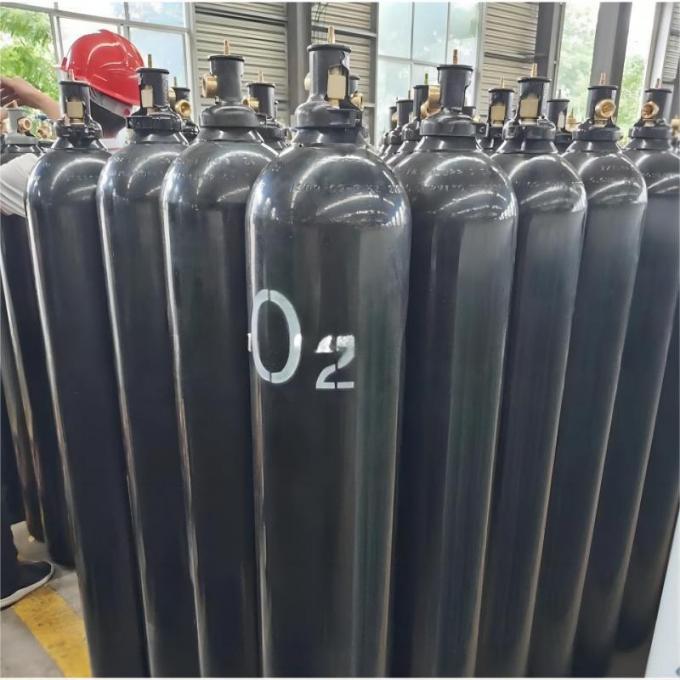
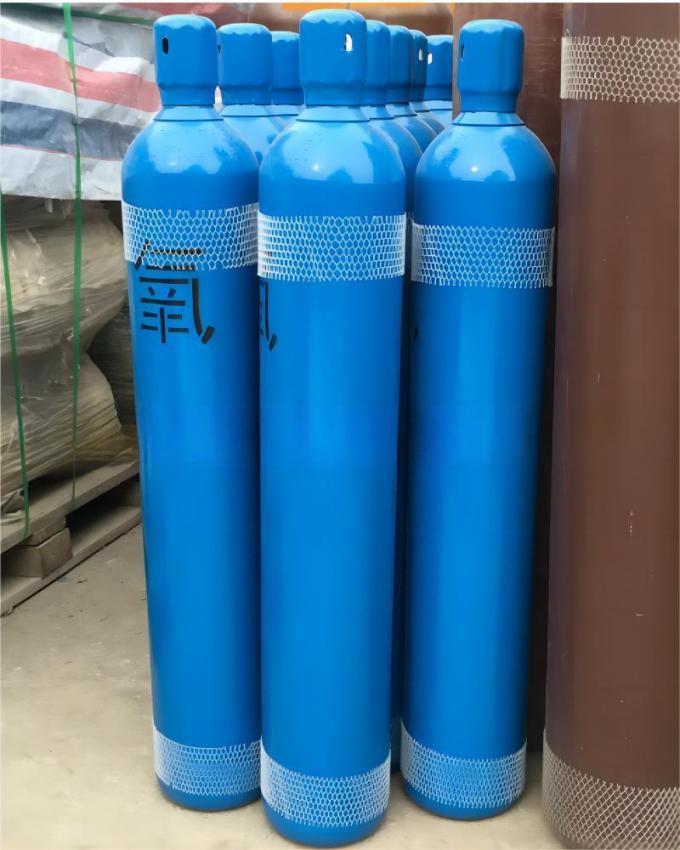
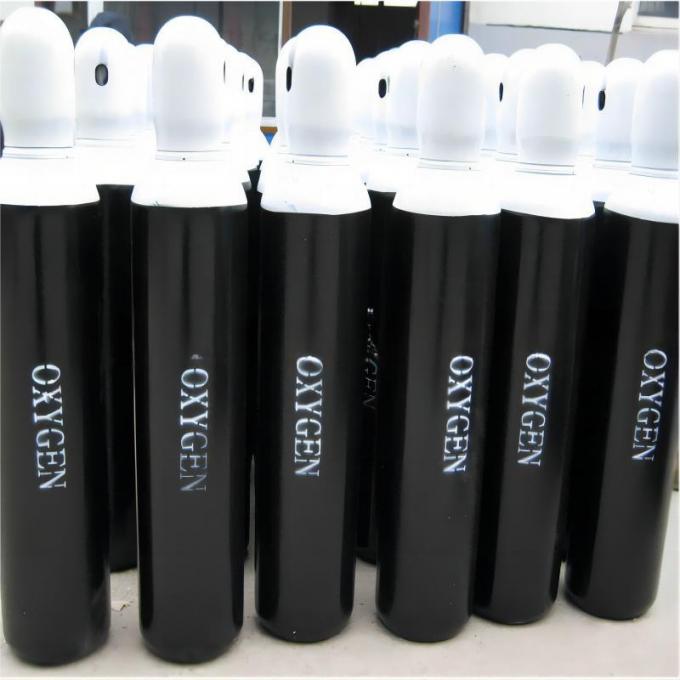
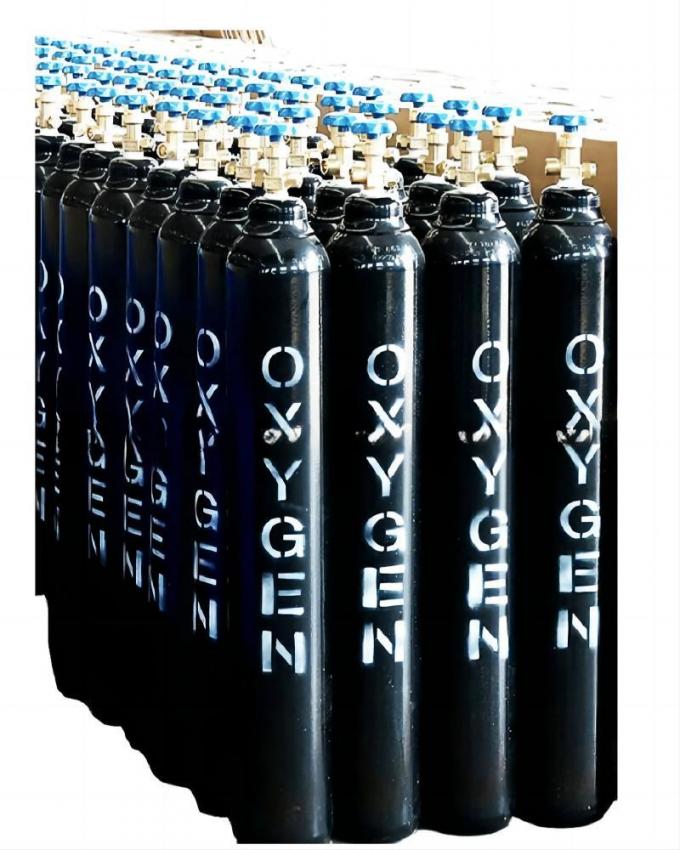
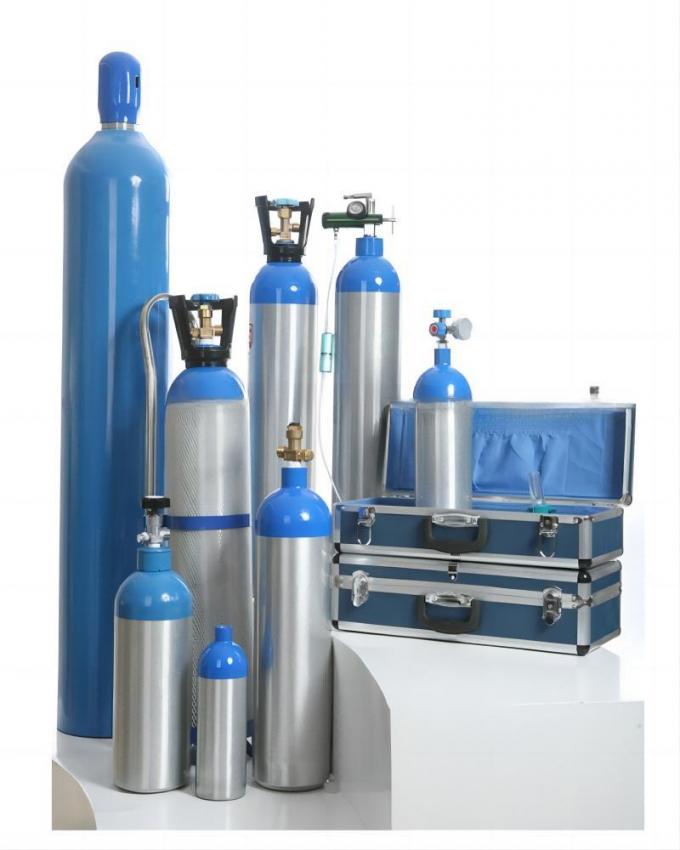
| Cylinder Specifications | Contents | Pressure | ||
| Cylinder Capacity | Valve | Volume | bar | psig |
| 40L | QF-2 | 7 m3 | 150 | 2175 |
| 47L | QF-2 | 7 m3 | 150 | 2175 |
| 50L | QF-2 | 10 m3 | 200 | 2900 |

| MOQ: | 1 m3 |
| Price: | US $3/m3 |
| Standard Packaging: | Cylinder |
| Delivery Period: | 15 days |
| Payment Method: | L/C, T/T |
| Supply Capacity: | 1000Tons/year |
Oxygen gas, often simply referred to as oxygen, is a colorless, odorless, and tasteless gas that is a fundamental component of the Earth's atmosphere. It is represented by the chemical symbol O2, indicating that it consists of two oxygen atoms chemically bonded together. Oxygen is one of the most abundant elements in the universe and plays a crucial role in supporting life on Earth.
Properties of Oxygen Gas:
Importance of Oxygen:
Respiration: Oxygen is essential for the process of respiration in most organisms, including humans. During respiration, oxygen is taken in by living organisms to break down organic molecules and release energy needed for various biological processes.
Combustion: Oxygen supports combustion, allowing fuels to burn and release heat and light energy. This property makes oxygen crucial in various industrial processes, such as metal smelting, welding, and energy production.
Ozone Layer: In the Earth's upper atmosphere, oxygen molecules combine to form ozone (O3), which creates the ozone layer. This layer helps protect life on Earth by absorbing harmful ultraviolet (UV) radiation from the Sun.
Medical Applications: Oxygen is widely used in medical settings for respiratory support. It can be administered to patients through oxygen masks or nasal cannulas to help with breathing in cases of respiratory distress or low oxygen levels.
Industrial Applications: Oxygen is used in various industrial processes, including steel and metal production, chemical manufacturing, and wastewater treatment.
It's important to note that while oxygen is crucial for supporting life, it is also highly reactive and can be dangerous in high concentrations or when mishandled. Oxygen supports combustion, so it should be handled with caution to avoid fire hazards.
Basic Info.
| Molecular Weight | 32 | Density | 1.429g/L |
| Melting Point | -218.4ºC | Boiling Point | -183ºC |
| Appearance | Colorless,Odorless | Un No. | 1072 |
| DOT Class | 2.2&5.1 | Valve | QF-2,CGA580 |
| Cylinder Standard | GB/ISO/DOT | Cylinder Pressure | 12.5Mpa/15Mpa/20Mpa |
| Transport Package | 40L/47L/50L/ISO Tank | Specification | 99.999%,99.9999% |
| Trademark | CMC | Origin | China |
| HS Code | 28044000 | Production Capacity | 100000m³/Year |
Specification:
CAS No.: 7782-44-7
EINECS No.: 231-956-9
UN No.: UN1072
Purity: 99.999%-99.9999%
Dot Class: 2.2 & 5.1
Appearance: Colorless
Grade Standard: Industrial Grade, Grade, Electronic Grade
| Specification | 99.999% |
| Hydrogen | ≤0.5 ppm |
| Argon | ≤2 ppm |
| Nitrogen | ≤5 ppm |
| Carbon Dioxide | ≤0.5 ppm |
| THC (as CH4) | ≤0.5 ppm |
| Moisture | ≤2 ppm |
Detailed Photos





| Cylinder Specifications | Contents | Pressure | ||
| Cylinder Capacity | Valve | Volume | bar | psig |
| 40L | QF-2 | 7 m3 | 150 | 2175 |
| 47L | QF-2 | 7 m3 | 150 | 2175 |
| 50L | QF-2 | 10 m3 | 200 | 2900 |